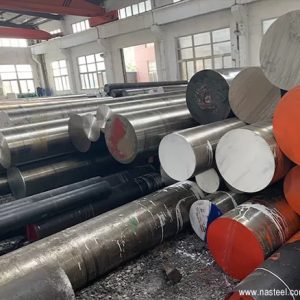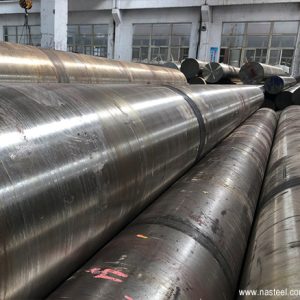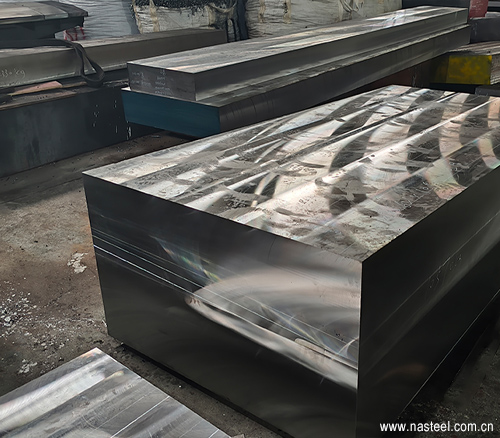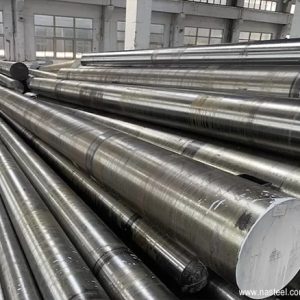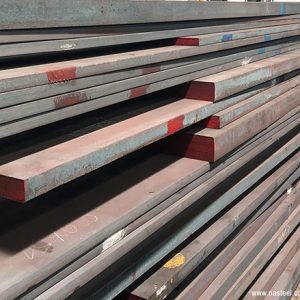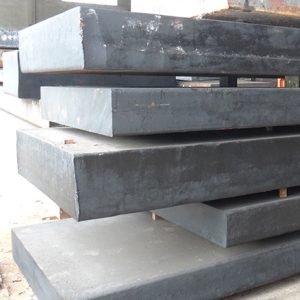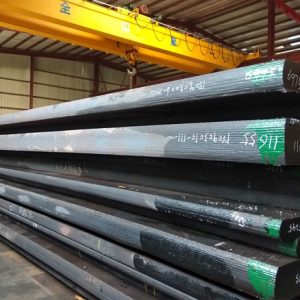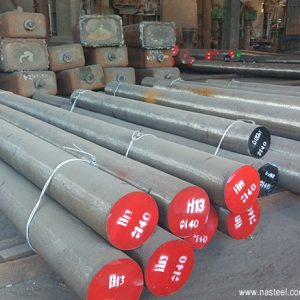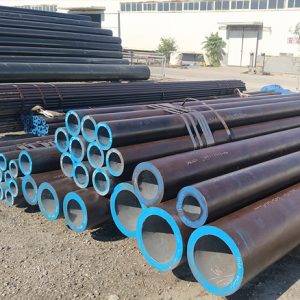SAE1050 | 1.1206/C50E | S50C | 50
Description
SAE 1050 steel is a medium-high carbon steel known for its excellent strength, hardness, and wear resistance. With a carbon content of approximately 0.50%, it offers higher mechanical properties than low-carbon steels while still maintaining moderate ductility and toughness. SAE 1050 is suitable for applications requiring high surface hardness and good fatigue resistance, especially after heat treatment such as quenching and tempering. It is commonly used in the manufacturing of springs, axles, gears, shafts, and hand tools. The steel also has good machinability in the normalized or annealed condition, making it versatile for various industrial and automotive applications where strength and durability are essential.
1050 carbon steel equivalent material includes European EN, ISO, German DIN 1.1206/C50E, Japanese JIS standard S50C, Chinese GB 50, etc
Equivalent Material & Chemical Composition
| Standard | Grade | C | Si | Mn | P≤ | S≤ | Cr | Mo | Ni | Cu |
| GB | 50 | 0.47~0.55 | 0.17~0.37 | 0.50~0.80 | 0.035 | 0.03 | ≤0.20 | ≤0.30 | ≤0.25 | |
| GOST | 50 | 0.47~0.55 | 0.17~0.37 | 0.50~0.80 | 0.035 | 0.04 | ≤0.25 | ≤0.30 | ≤0.30 | |
| ASTM/AISI | 1050 | 0.48~0.55 | 0.60~0.90 | 0.04 | 0.05 | ≤0.2 | ||||
| DIN | 1.1206/C50E | 0.47~0.55 | ≤ 0.40 | 0.60~0.90 | 0.03 | 0.035 | ≤0.40 | ≤0.1 | ≤0.40 | |
| JIS | S50C | 0.47~0.53 | 0.15~0.35 | 0.60~0.90 | 0.03 | 0.035 | ≤0.20 | ≤0.20 | ≤0.3 |
Characteristics
« High strength, with a yield strength of about 370MPa and a tensile strength of about 630MPa.
« Good hardness, with a Brinell hardness of 187-241 after heat treatment.
« Moderate toughness, able to withstand certain impact loads.
« Highly versatile and widely used in multiple industries.
Applications
Shaft Components,Gears,Files and Other Cutting Tools,Small Building Supports.
Physical Properties
| Properties | Metric |
| Density | 7.85g/cm³ |
| Coefficient of Thermal Expansion | (11 – 13)×10⁻⁶/℃ |
| Thermal Conductivity | 48 – 50W/(m·K) |
| Ferromagnetic Materials | Under the action of a magnetic field, it will be magnetized |
Mechanical Properties
| Properties | Metric |
| Strength-Yield Strength | 370 MPa |
| Strength-Tensile Strength | <630MPa |
| Hardness | 187-241(HB) |
| Toughness | / |
| Fatigue Strength | Multiple factors determine |
| Wear Resistance | Has good wear resistance |
Heat Treatment
Annealing
1.Full annealing: Heat to 820 – 840 °C, keep it for a certain period of time, and then cool slowly with the furnace. The purpose is to refine the grain, reduce the hardness and eliminate the internal stress.2.Incomplete annealing: The heating temperature is slightly lower, within 770 – 790 °C. After keeping it warm, cool it slowly. It is used to reduce the hardness and improve the cutting performance.
Normalizing
Heat to 880 – 920 °C, keep it warm for an appropriate period of time, and then cool it in the air. It can refine the grain, increase the strength and hardness, and improve the cutting performance.
Quenching
Heat to 820 – 860 °C, keep it warm and then cool it quickly in water or oil. Martensite structure can be obtained, which can improve the hardness and strength, but the toughness will be reduced.
Tempering
1.Low-temperature tempering (150 – 250 °C): It can reduce the quenching stress and maintain high hardness. It is used for tools that require high hardness, such as cutting tools.
2.Medium-temperature tempering (350 – 500 °C): It can obtain a relatively high elastic limit and yield strength, and is suitable for elastic parts such as springs.
3.High-temperature tempering (550 – 650 °C): It can eliminate the quenching stress, improve the toughness and comprehensive mechanical properties, and is often used in combination with quenching.
